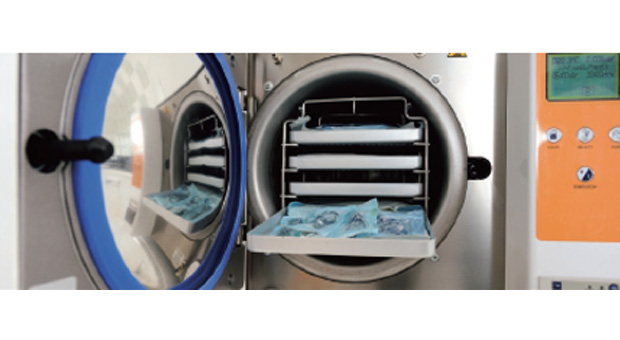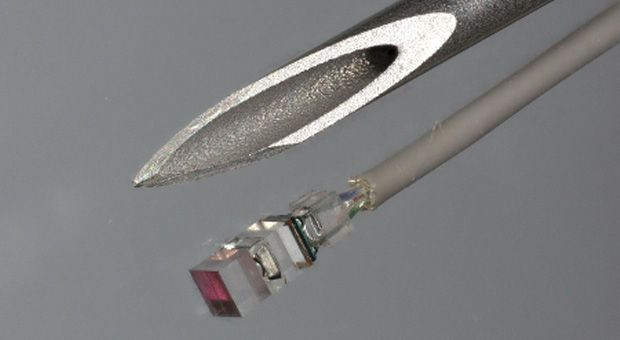

See what you have been missing
Precision is our expertise – capturing real-life imaging, allowing you to see colors clearly and beyond.
Camera imaging is becoming a vital tool in the medical and industrial fields. Surgeons depend on cameras to generate realistic images, enabling them to visualize both visible and non-visible elements. With the popularization of minimally invasive surgeries, the demand for camera systems delivering superior image quality is becoming more critical than ever.
Moreover, there is a growing need to see elements that lie beyond human perception. Cameras capable of capturing near-infrared light (NIR) alongside visible light possess significant potential in resolving diverse challenges by detecting objects that remain hidden to the naked eye using visible light alone.
For many years, i-PRO has invested significantly in innovations such as specialized spectral coating, tight tolerance pixel shift and precision bonding technologies to meet the ever-increasing market demand for enhanced surgical cameras.


Prism Spectroscopy and High-Resolution Technology
The ultra-fine multi-chip pixel shift method achieves higher color reproduction, resolution and sensitivity with a larger pixel size than with the single-chip method.


NIR and Visible Spectroscopy Technology
The 4MOS basic structure, which enables simultaneous shooting of visible light and IR light with one camera and supports various outputs, has already been patented in Japan, the United States and Europe. i-PRO also offers an economical 2MOS IR camera solution.


High-Precision Bonding Technology
Our core sensor bonding technology was perfected in the early 2000s. Our prisms can withstand repeated autoclave cycles and are able to maintain registration for RGB channels at a sub-micron level.


High Heat Resistance Reliability
Even after conducting a thermal shock test for 1,000 cycles on our camera head (optical block), the adhesive position did not shift, nor did the resolution deteriorate, confirming the high heat resistance.
